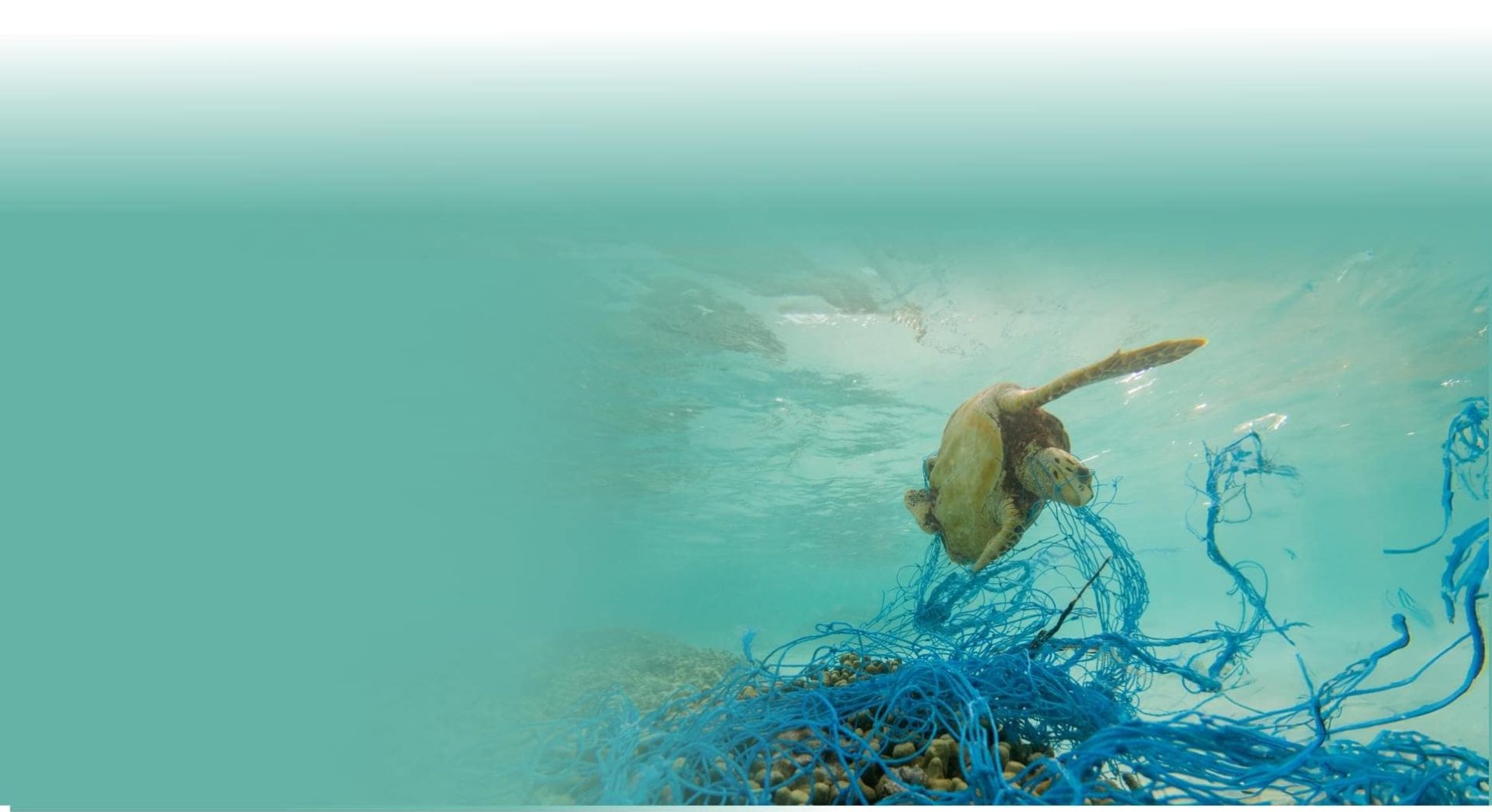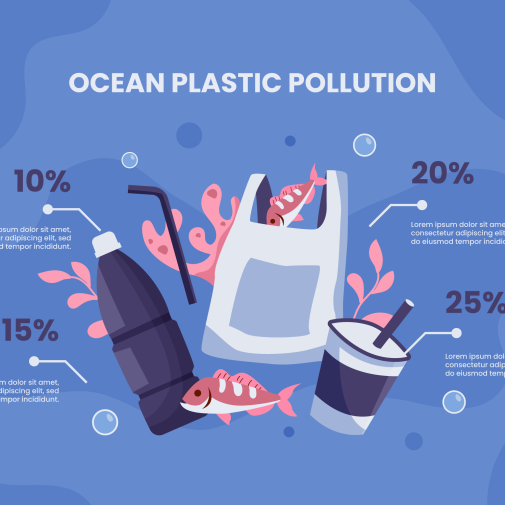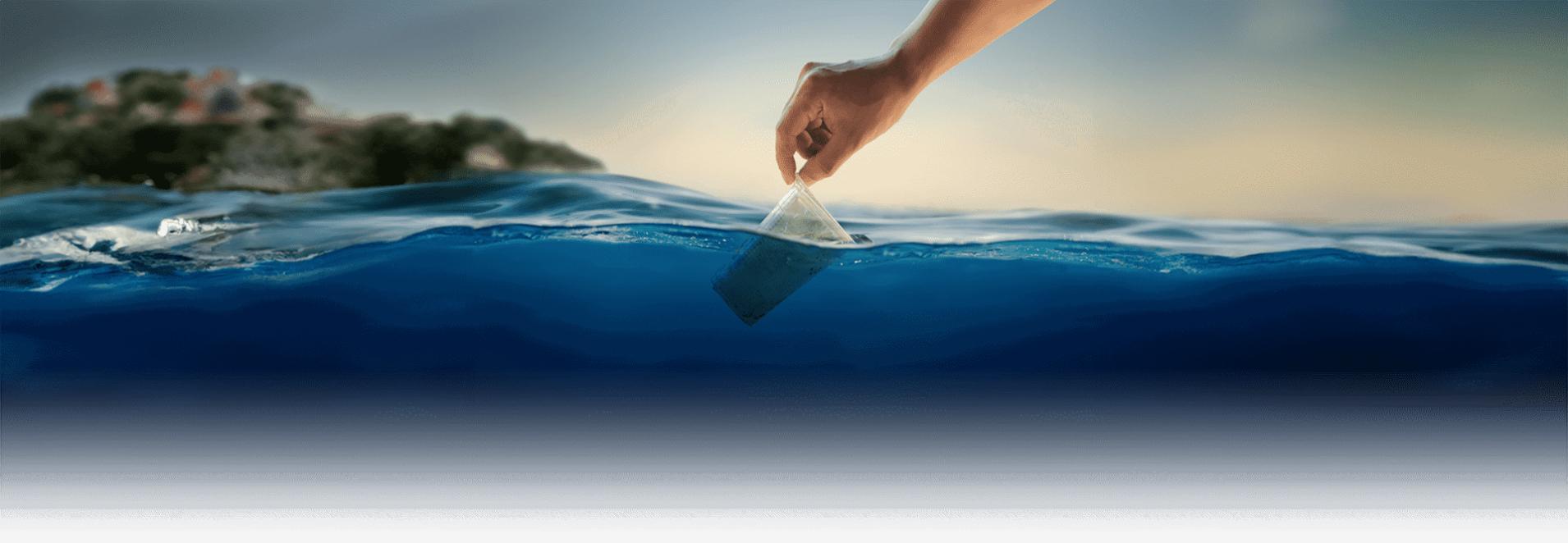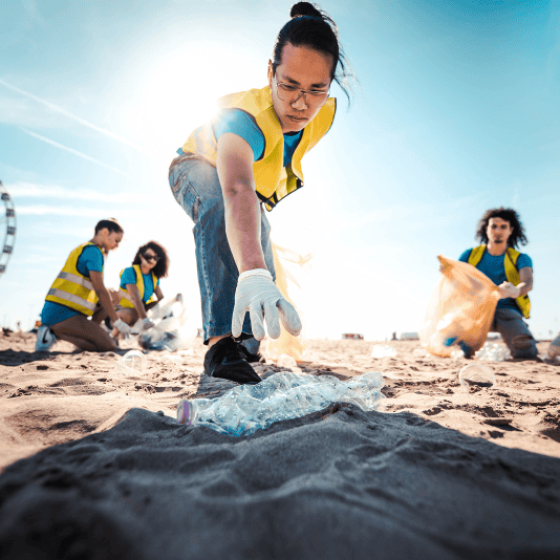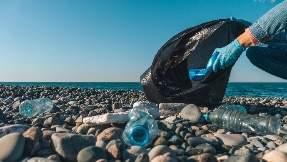Education is powerful in the fight against plastic pollution. Our awareness and educational programs are tailored to inspire and inform individuals and their communities. For example, we’re engaged in advocacy and working to create materials to disseminate information regarding the SB54 Extended Producer Responsibility Act to stakeholders. The goal is to educate people and Businesses about the Ocean Challenges and SB54, promote environmental sustainability practices, and inspire businesses to change.
Through workshops, seminars, and outreach initiatives, we also shed light on the environmental consequences of plastic waste and empower people with the knowledge to make sustainable choices. Understanding is the first step toward change.

